Books In the Dance | Residence Canada Name Ray Blanchard | |
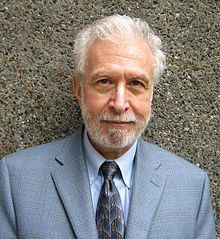 | ||
Alma mater University of PennsylvaniaUniversity of Illinois Similar People | ||
Citizenship United States, Canada | ||
Transgender and Transsexualism: Why Ray Blanchard is right
Ray Milton Blanchard (; born October 9, 1945) is an American-Canadian sexologist, best known for his research studies on pedophilia, transsexualism, and sexual orientation. He has also published research studies on phallometry and several paraphilias, including transvestism and autoerotic asphyxia.
Contents
- Transgender and Transsexualism Why Ray Blanchard is right
- Ray blanchard generating your optimal future
- Education and career
- Fraternal birth order effect
- Typology of transsexualism
- The term teleiophilia
- Appointment
- Paraphilias
- References
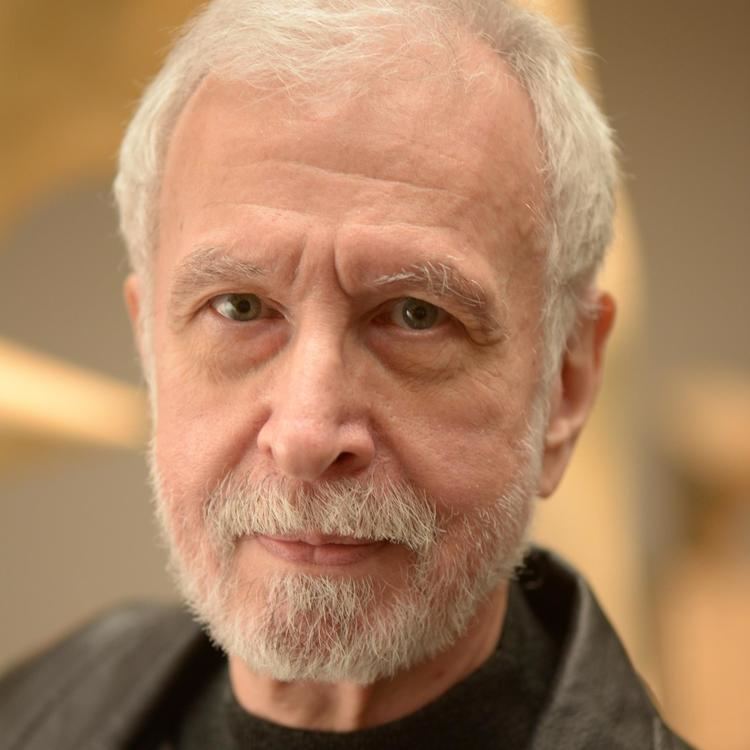
Ray blanchard generating your optimal future
Education and career
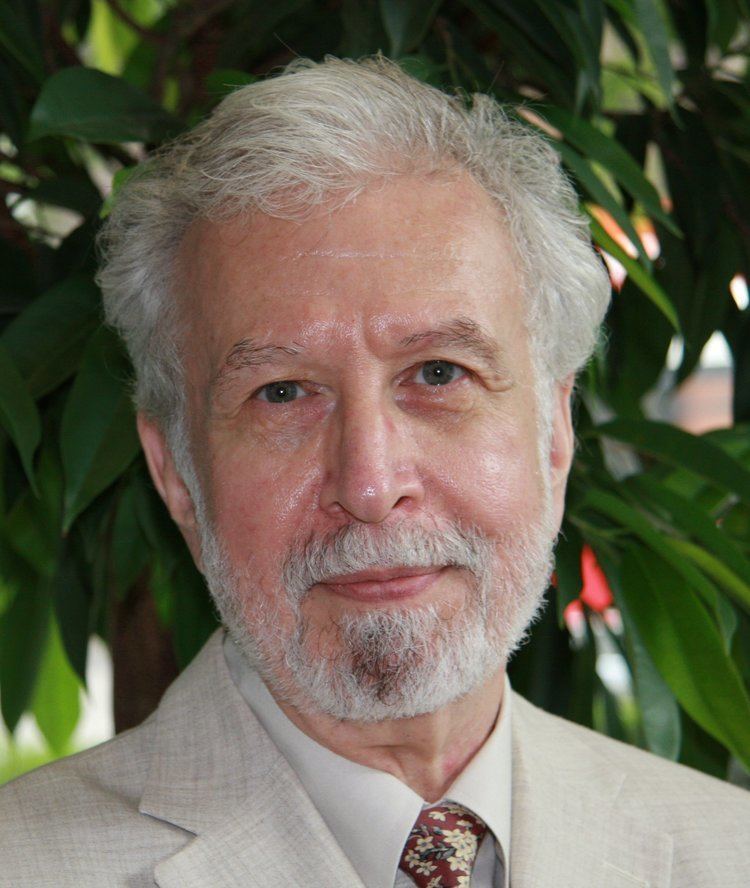
Blanchard was born in Hammonton, New Jersey. He received his A.B. in psychology from the University of Pennsylvania in 1967 and his Ph.D. from the University of Illinois in 1973. He conducted postdoctoral research at Dalhousie University until 1976, when he accepted a position as a clinical psychologist at the Ontario Correctional Institute in Brampton, Ontario, Canada (a suburb of Toronto). There, Blanchard met Kurt Freund, who became his mentor. Freund was conducting research in chemical castration for sex offenders. In 1980, he joined the Clarke Institute of Psychiatry (now part of the Centre for Addiction and Mental Health). In 1995 Blanchard was named Head of Clinical Sexology Services in the Law and Mental Health Programme of the CAMH, where he served until 2010. He is an adjunct Professor of Psychiatry at the University of Toronto. He served on the American Psychiatric Association DSM-IV Subcommittee on Gender Identity Disorders and was named to the DSM-5 committee. According to the Web of Science, Blanchard's scientific articles have been cited more than 1800 times, with an h-index of 27.
Fraternal birth order effect
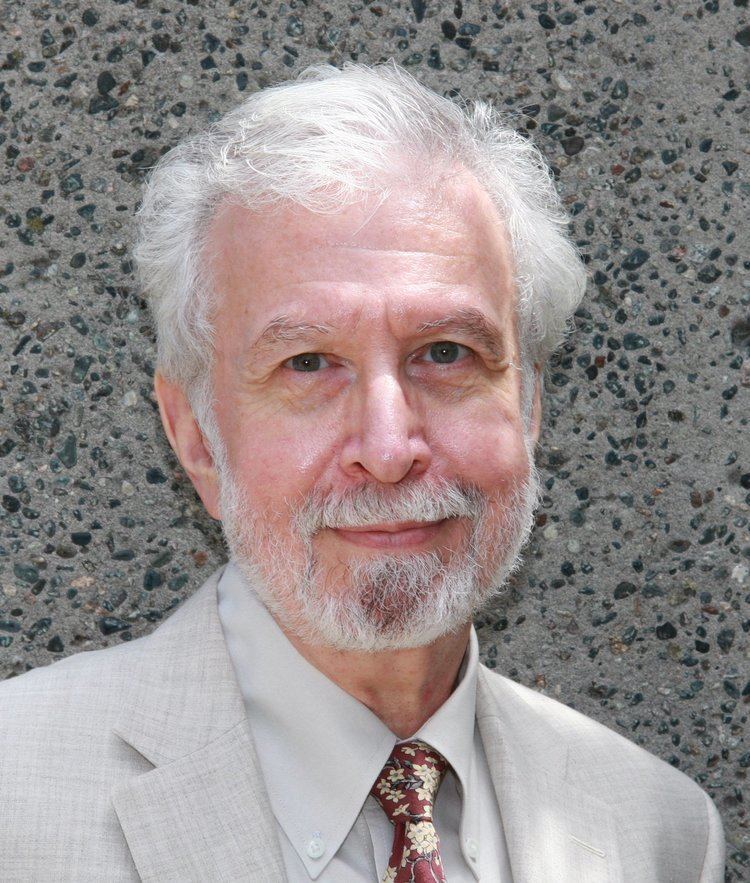
Blanchard has conducted research on factors that influence the development of sexual orientation, including biological factors. He has proposed a theory known as a fraternal birth order or older brother effect. This theory is that the more older brothers a man has, the greater the probability is that he will have a homosexual sexual orientation. The number of older sisters has no effect, however. The same is not true for lesbians—neither the number of older brothers nor the number of older sisters appears to be related to the sexual orientation of women. The fraternal birth order effect has been described by one of its proponents as "the most consistent biodemographic correlate of sexual orientation in men", with each older brother increasing a man's odds of being gay by about 33%.
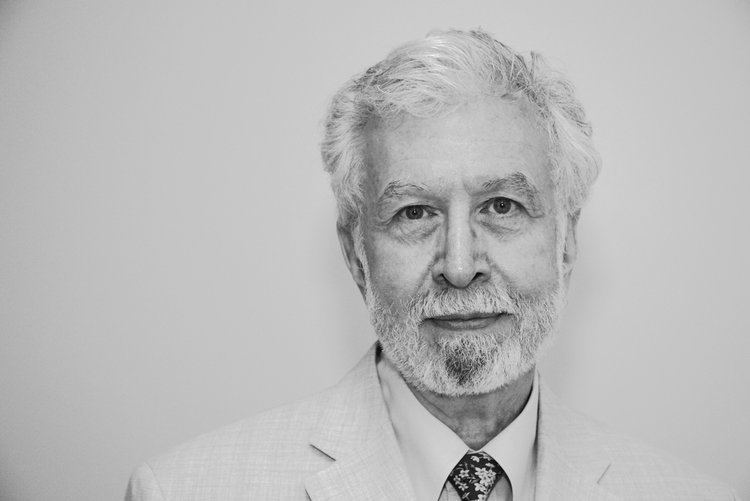
Blanchard hypothesizes that the older brother effect is caused by interactions between a male fetus and the immune system of the mother: Because certain proteins (called H-y antigens) are produced by male and not by female fetuses, the mother's immune system reacts only to male fetuses and is more likely to produce a reaction with each successive exposure to a male fetus.
Typology of transsexualism
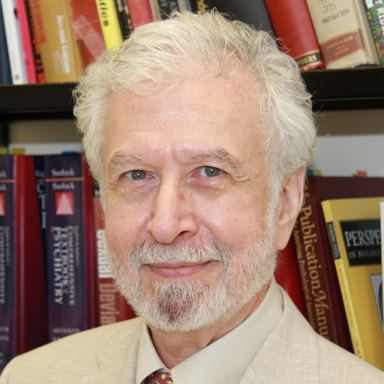
Blanchard coined the term "autogynephilia" to describe trans women with an erotic desire "to be women," and hypothesized that all gender dysphoria experienced by this group is of two types: "homosexual" gender dysphoria and "non-homosexual" gender dysphoria. Blanchard defined the former as being present in transsexuals attracted to men, while he defined the latter as being present in transsexuals attracted to the idea of themselves as women. Within the transgender community the idea has been criticized. Blanchard's findings and research have been rejected by the World Professional Association for Transgender Health (WPATH), the largest association of medical professionals who provides care for transsexual people, as lacking empirical evidence.
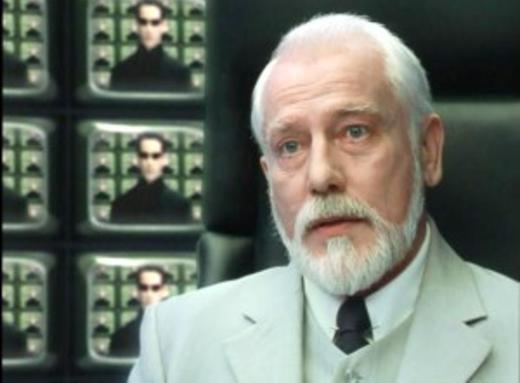
Blanchard supports public funding of sex reassignment surgery as an appropriate treatment for transsexual people, as he believes the available evidence supports that the surgery helps them live more comfortably and happily, with high satisfaction rates.
Blanchard defined autogynephilic as “a man's paraphilic tendency to be sexually aroused by the thought or image of himself as a woman”. He researched this theory by conducting a test on a sample of 119 MtF transsexuals who submitted an anonymous questionnaire to test if they were autogynephilic or homosexual. Blanchard believed that not all transsexuals fit in the category of “homosexual” and that some were instead autogynephilic transsexuals. Transsexuals who are autogynephilic can be classified as “sexually attracted to females gynephilic, both sexes bisexual, or neither sex alloerotic”. Those who were autogynephilic lived out their life as men until they decided to transition. On the other hand, those who were considered homosexual transsexuals “androphilia” and were sexually attracted to men, were born feminine before transition. Blanchard’s goal in his research was to give a better understanding on various manifestations of transsexuality. Many who read his theory criticized it. They defined autogynephilia as autogynephilia a psychological theory that undermines trans women’s identities. Those who participated in his survey felt that they were neither homosexual nor autogynephilic transsexuals and should not be classified in either group. A majority felt that the sexual attraction to become a women weakened with age, but others reported that they had noticed a change after physical transition. Blanchard ultimately concluded that transsexuals were either sexually aroused by men, androphilic, or aroused by the thought of being a women, nonandrophilic.
The sexual attraction that lead to some becoming or identifying as women increased rapidly. More and more individuals have undergone sex reassignment to completely transform into the women they want to be. They believe that their gender identity, defined as “one’s inner sense of being male or female, masculine or feminine”, did not match the body they were in. According to Blanchard, “Autogynephilic transsexuals were men who were also sexually attracted to women, but whose paraphilic sexual interest made them want to go farther and permanently change their bodies to become the objects of their attraction”.
The term teleiophilia
Blanchard coined the term teleiophilia to refer to a sexual preference for adults. Unlike the terms referring to sexual interest in other age groups, such as pedophilia (sexual interest in prepubescent children), teleiophilia is not considered a paraphilia. The term was formalized in order to forestall neologisms, such as "adultophilia" or "normophilia," that were occasionally used, but had no precise definition. The term is used primarily by professional sexologists in the scientific literature.
Appointment
Blanchard served on the gender dysphoria sub-working group for the DSM-IV and served as Chair of the paraphilia sub-working group for the DSM-5. Activists protested the latter appointment. The National Gay and Lesbian Task Force issued a statement questioning the APA's decision to appoint Blanchard.
Paraphilias
In 2008, Blanchard was the lead author of an influential paper proposing the introduction of hebephilia in the DSM-5. The paper, coauthored mostly with colleagues from CAMH and the University of Toronto, triggered a number of reactions, many of them critical on the basis that it pathologizes reproductively valid behavior in order to uphold current social and legal standards. Critics include Richard Green, DSM-IV editor Michael First, forensic psychologist Karen Franklin, and Charles Allen Moser, while others including William O'Donohue argued that the proposal did not go far enough. Blanchard also wrote the literature review paper for the DSM-5 committee regarding pedophilia, in which he summarized and attempted to address the criticism over the DSM-IV-TR definition of pedophilia. The DSM-5 diagnosis initially proposed a new name ("pedohebophilic disorder") and the rationale for the change cited several of Blanchard's scientific publications. In the end, the pedohebephilic disorder proposal was rejected, but the name was changed from pedophilia to pedophilic disorder, reflecting the DSM-5's general distinction between paraphilia and paraphilic disorder.
Blanchard noted that both Richard Green and William O'Donohue remarked that a so-called "contended pedophile"—an individual who fantasizes about having sex with a child, but does not commit child sexual abuse, but just masturbates fantasizing it, and who does not feel subjectively distressed afterward—does not meet the DSM-IV-TR criteria for pedophilia, because he does not meet Criterion B. Whereas Green proposed to solve the problem by removing pedophilia from the DSM, and O'Donohue proposed to remove criterion B for pedophilia, Blanchard proposed a general solution applicable to all paraphilias, namely a distinction between paraphilia and paraphilic disorder. The latter term is proposed to identify the diagnosable condition, which meets both Criterion A and B, whereas an individual who does not meet Criterion B, can be ascertained, but not diagnosed, as having a paraphilia. (Blanchard acknowledges Kenneth Zucker and James Cantor for discussions about this distinction). Interviewed by bioethics professor Alice Dreger, Blanchard explained: "We tried to go as far as we could in depathologizing mild and harmless paraphilias, while recognizing that severe paraphilias that distress or impair people or cause them to do harm to others are validly regarded as disorders."
